Top 5 Marvelous Places in Universe to Find Aliens Life
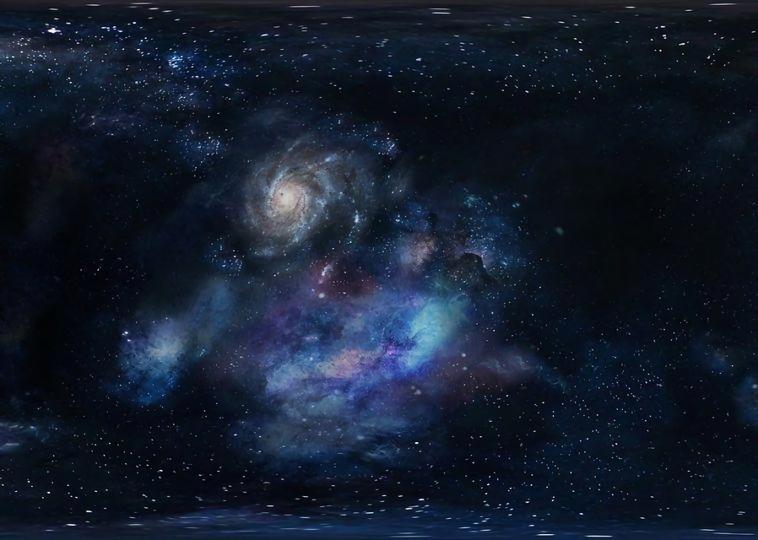
Just do the numbers: hundreds of billions of stars in our galaxy. There are hundreds of billions of galaxies in the observable universe. That should create many warm, screeching little ponds where life could come together to begin billions of years of evolution toward technology-vibrating creatures like us. With luck, it could be in the next 25 years.
If a planet is to be inhabited and not just habitable, two basic requirements must be met: the Earth must first be suitable, and then life must arise at some point. Even the simplest bacterium is amazingly complex at the molecular level. Although we have no idea of the minimal complexity of a living organism, it is probably very high.
Orion Nebula
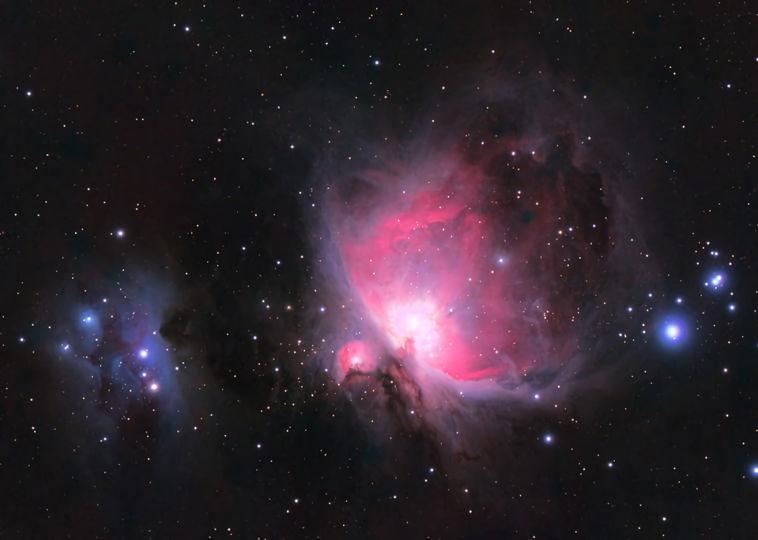
Orion Nebula is one of the brightest nebulae in space and is to the naked eye at night. Orion Nebula is 1500 light-years from Earth. In the Orion Nebula, the European Space Agency’s Hershel telescope, she discovered many life-forming particles, including methanol, water molecules, carbon monoxide, and hydrocyanic acidbula.
It can take millions of years to transform such particles into a life form. Regardless of what high-resolution Hubble Space Telescope or even amateur astronomy photographs show, it isn’t easy to see colors in the nebula.
Enceladus
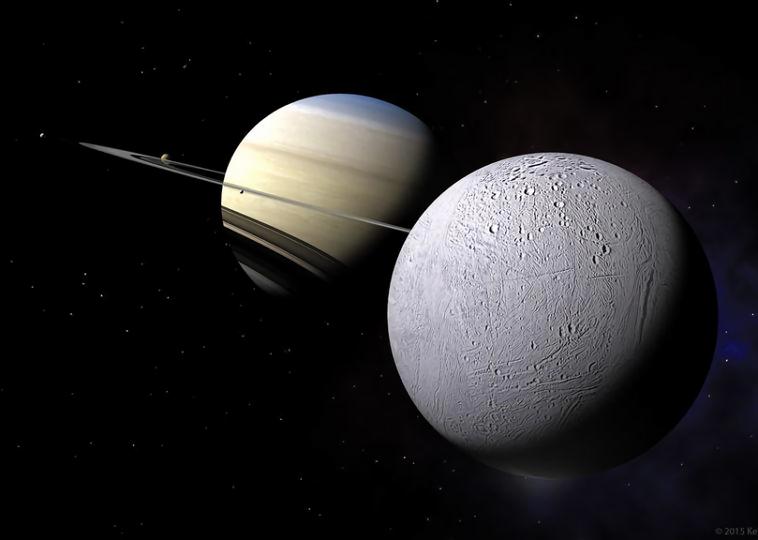
Enceladus is one of the moons of Saturn, the sixth-largest moon on the planet. NASA’s Cassini space photos show that Enceladus can hold complex life forms. Cassini spaceships discovered carbon, hydrogen, and oxygen on the surface of Enceladus, critical components in the formation of life.
Jets of water vapor and ice particles emerge from the underground ocean of Enceladus through deep icy crevasses called Tiger Stripes near the moon’s south pole and provide information on its inner functioning.
Titan
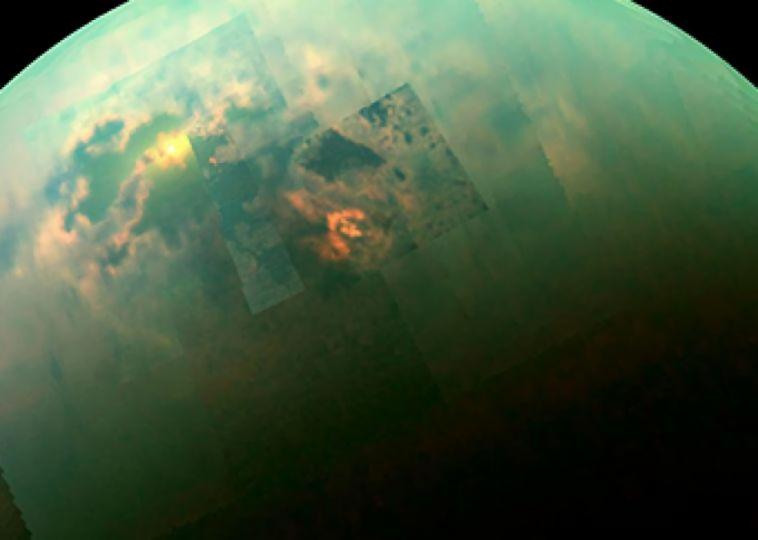 Titan is the largest moon of Saturn. However, data from NASA Huygens probes show that the moon contains many organic components that lead to the origin of life. Huygens probe, which landed on Titan in 2005, discovered the presence of liquid water. Titan has a fully developed thick atmosphere that contains many organic compounds.
Titan is the largest moon of Saturn. However, data from NASA Huygens probes show that the moon contains many organic components that lead to the origin of life. Huygens probe, which landed on Titan in 2005, discovered the presence of liquid water. Titan has a fully developed thick atmosphere that contains many organic compounds.
The atmosphere of titanium is primarily nitrogen; Smaller components lead to the formation of methane and ethane clouds and nitrogen-rich organic smog. It creates surface features similar to Earth’s, probably from liquid methane, ethane, and deltas. The surface of the Titan is characterized by vast areas with light and dark terrain.
Europa
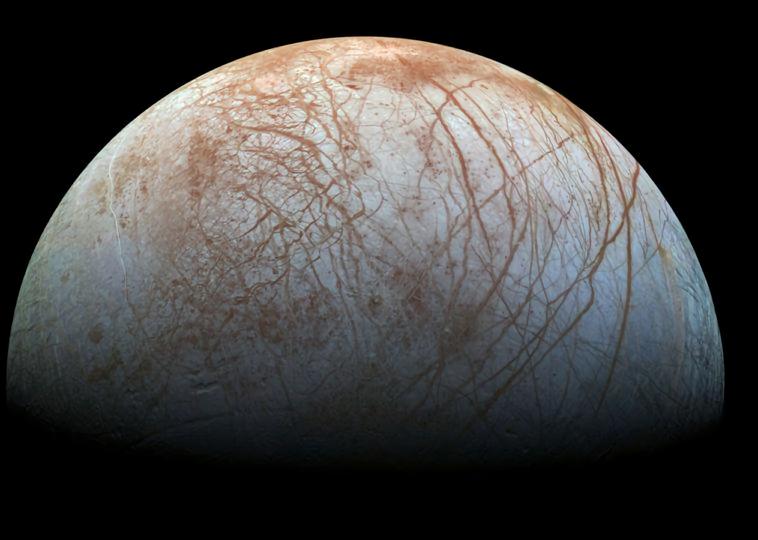
Europe is one of Jupiter’s natural satellites. Europe has the smoothest surface in the solar system. Oceans in Europe can support underwater life due to their chemical richness. Europe has a thin atmosphere of oxygen, but it is far too weak for people to breathe.
From the surface of Europe, Jupiter appears 24 times larger than the moon appears in our sky. Europe’s magnetic field shields its surface from the deadly radiation of Jupiter. Photos from previous missions indicate that the surface of Europe is relatively smooth; giant craters and mountains are missing because convective ocean forces are constantly recycling Europe’s surface ice.
Mars
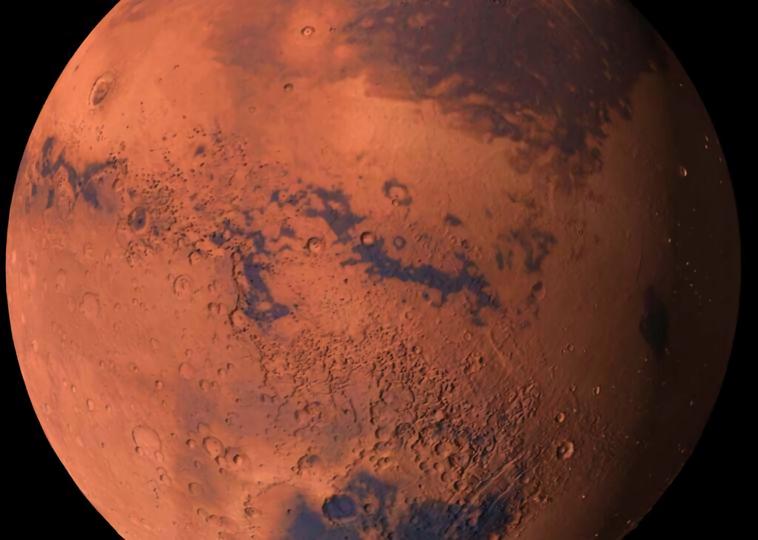
Its position on the solar system, size, and atmosphere, as well as data collected from the last Mars missions, show that life on the planet is possible. It proves old life on Mars. The lander of the Phoenix Mars mission collected photos of chunks of ice on Mars, an indication of water on the surface of Mars.
NASA’s recent Mars probe spirit and opportunity gave several clues to methane presence on Mars, sounds that can live on Mars. The search for life on Mars has become more urgent, thanks in part to the probes of the two rovers now roaming the surface of Mars and another spacecraft orbiting the planet.


